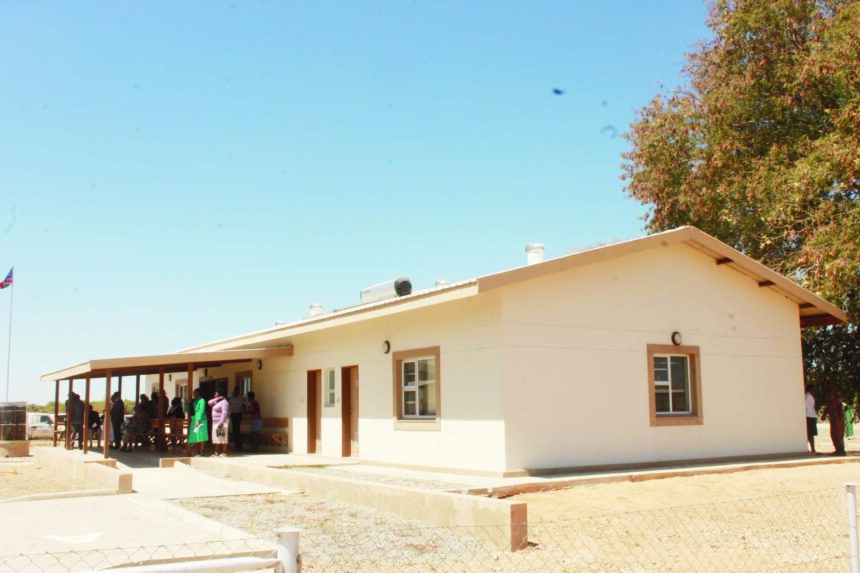Albertina Nakale
KONGOLA – Twenty-eight new cases of leprosy were recorded this financial year.
The cases are reported in Kavango East, Kavango West, Zambezi, Khomas and Oshana, the health ministry has revealed.
Leprosy, also known as Hansen’s disease, remains a significant public health concern, particularly in certain regions of the world.
Most people living with leprosy continue to face stigmatisation and victimisation within their families and communities.
Namibia recently observed its fifth commemoration of World Leprosy Day, reaffirming its commitment to eliminating the disease.
Sibbinda constituency councillor Mickey Lukaezi narrated how people living with leprosy in the Zambezi region have been dehumanised historically.
He said the virus has been seen as a curse – to an extent that victims were tied up to trees in the forests.
Lukaezi said it has been a challenge to how deaths and burials of people who have died from leprosy were conducted before independence.
“I witnessed how people were buried before independence. A man, after his death, was taken to a bush, as it was a culture here in Zambezi that people with leprosy cannot be buried. They take you in a bush, tie you on a tree and cover you so you are not seen or eaten by wild animals,” he noted.
However, the stigma changed after independence.
Speaking during a belated occasion to mark World Leprosy Day yesterday, health minister Dr Kalumbi Shangula stressed the importance of eliminating leprosy through awareness, early detection and accessible treatment.
“In the African region, leprosy incidences have shown a gradual decline over the years, but some countries, including those in West and Central Africa, continue to report relatively high case numbers,” he noted.
The World Health Organisation (WHO) revealed that there are approximately 200 000 new cases reported globally each year, with the majority occurring in countries such as India, Brazil and Indonesia.
The government, through its Neglected Tropical Disease (NTD) Master Plan (2023-2027), aims to completely interrupt transmission by 2027.
The National Tuberculosis and Leprosy Programme has intensified screening efforts, recently identifying 11 new cases in Oshana, Omusati and Kavango West.
Shangula urged health workers to remain vigilant, stressing that early treatment prevents disability and reduces stigma.
“We must dispel myths and encourage affected individuals to seek care without fear,” he said.
Namibia has made progress in leprosy management by ensuring treatment at district hospitals through multi-drug therapy (MDT) in line with WHO guidelines.
While leprosy remains a priority, the broader public health landscape demands collective action to safeguard Namibia’s most vulnerable communities.
Shangula noted the challenges in Africa are compounded by factors such as delayed diagnoses, socio-economic barriers and the stigma associated with the disease, which often leads to underreporting.
-anakale@nepc.com.na


